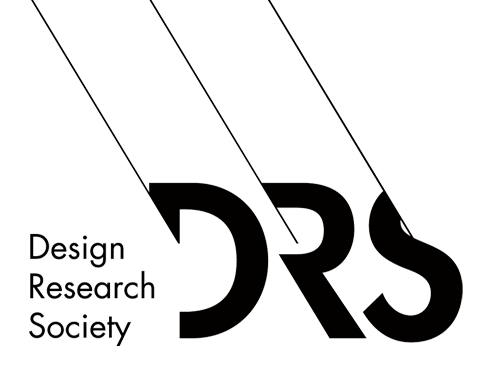Abstract
While the concept and practice of legends in data visualization are well-established, the field of data sonification is still working towards explicit design guidelines. The present paper reports an exploratory study investigating the embodied experience of combining audio and visuals in legends, focusing on its effect on non-expert audiences. Through this integration, the research highlights sound’s unique potential to convey information and expand how data is perceived and understood. We employed the Research Through Design (RtD) methodology across two iterative case studies: focus group and experiment. The focus group study explored participants’ (N = 4) perceptions of the balance between audio and visuals in data communication. Focus group results suggest that storytelling significantly shapes how audiences perceive the balance between sound and visuals in data communication, influencing their overall experience. In the experiment, participants (N = 18) evaluated the effectiveness of integrating audio into legends through two tasks: guesstimating the monetary value or date represented by sound. Participants were given a visual-only legend in the first condition, while in the second condition, they were presented with an audio-visual legend. Participants' performance was assessed based on four criteria: accuracy, time efficiency, comprehension, and satisfaction. Experimental results show that audio-visual legends enhanced accessibility and willingness for active listening. However, they did not substantially improve accuracy in extracting specific information. By engaging multiple senses, this study situates data as a dynamic medium, making it accessible and impactful to the broader public.
Keywords
perception; prediction; information design; data visualization; data sonification
DOI
http://doi.org/10.21606/eksig2025.118
Citation
Caiola, V.,and Lindborg, P.(2025) The Impact of Audio-Visual Legends on Information Design: A Research through Design Case Study, in Karyda, M., Çay, D., Bakk, Á. K., Dezső, R., Hemmings, J. (eds.), Data as Experiential Knowledge and Embodied Processes, 12-13 May, Budapest, Hungary. https://doi.org/10.21606/eksig2025.118
Creative Commons License

This work is licensed under a Creative Commons Attribution-NonCommercial 4.0 International License
The Impact of Audio-Visual Legends on Information Design: A Research through Design Case Study
While the concept and practice of legends in data visualization are well-established, the field of data sonification is still working towards explicit design guidelines. The present paper reports an exploratory study investigating the embodied experience of combining audio and visuals in legends, focusing on its effect on non-expert audiences. Through this integration, the research highlights sound’s unique potential to convey information and expand how data is perceived and understood. We employed the Research Through Design (RtD) methodology across two iterative case studies: focus group and experiment. The focus group study explored participants’ (N = 4) perceptions of the balance between audio and visuals in data communication. Focus group results suggest that storytelling significantly shapes how audiences perceive the balance between sound and visuals in data communication, influencing their overall experience. In the experiment, participants (N = 18) evaluated the effectiveness of integrating audio into legends through two tasks: guesstimating the monetary value or date represented by sound. Participants were given a visual-only legend in the first condition, while in the second condition, they were presented with an audio-visual legend. Participants' performance was assessed based on four criteria: accuracy, time efficiency, comprehension, and satisfaction. Experimental results show that audio-visual legends enhanced accessibility and willingness for active listening. However, they did not substantially improve accuracy in extracting specific information. By engaging multiple senses, this study situates data as a dynamic medium, making it accessible and impactful to the broader public.

